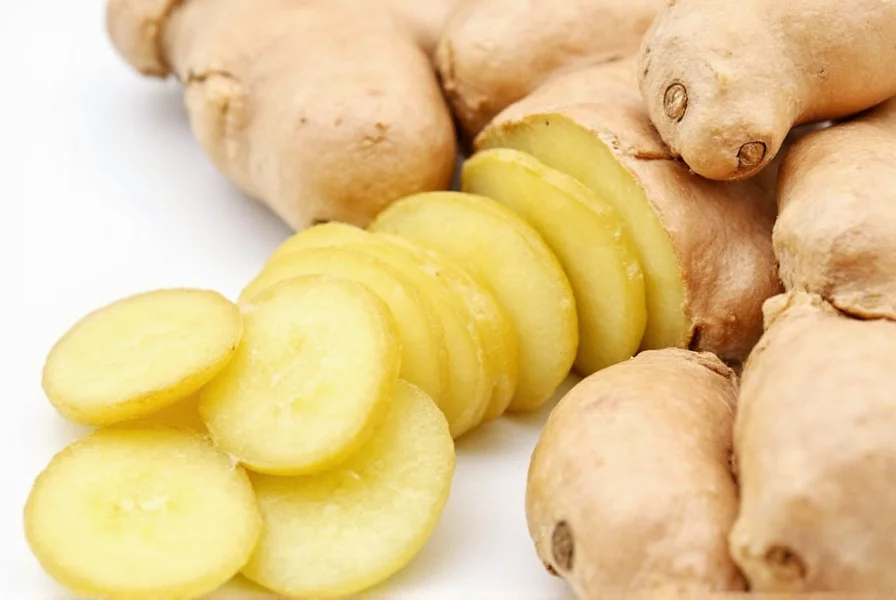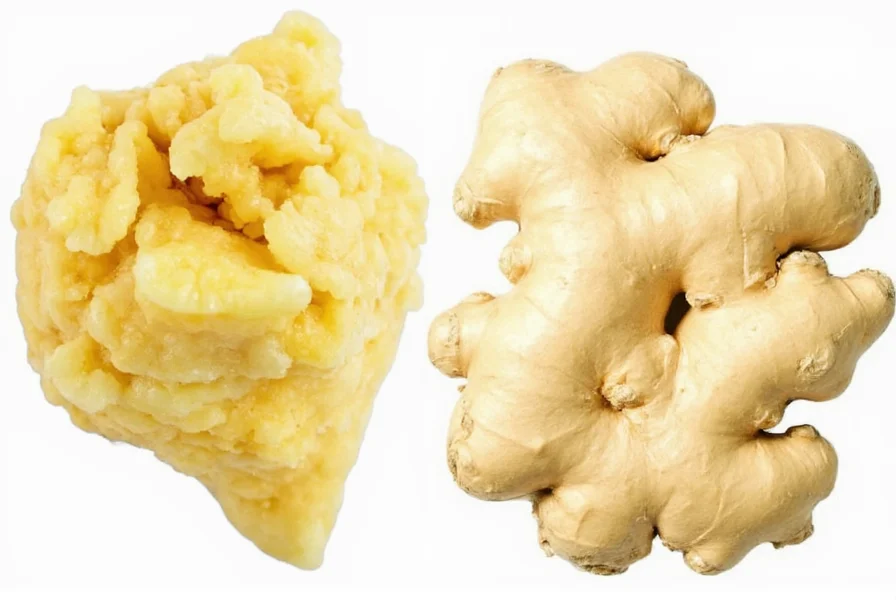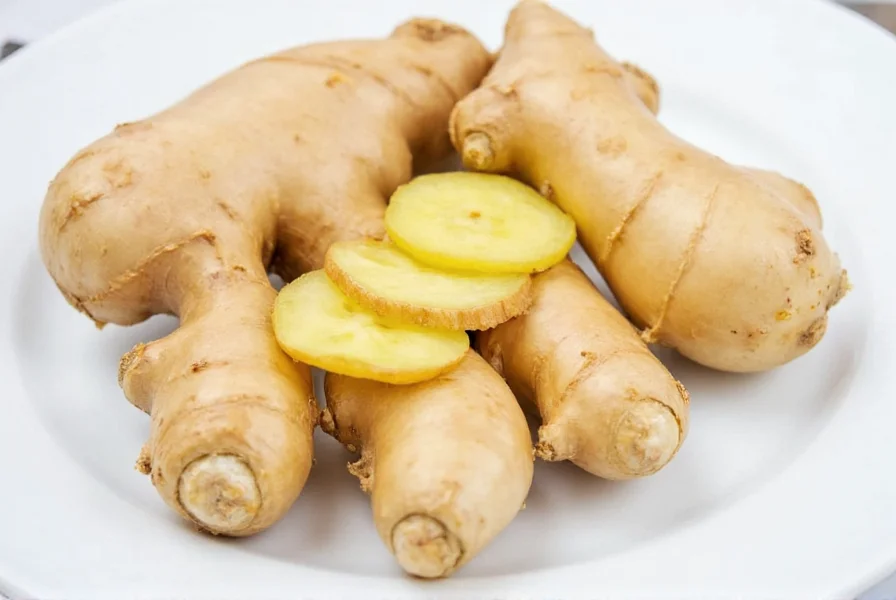Bitter ginger stands apart from the common ginger you find in grocery stores. While both belong to the Zingiberaceae family, they're different species with distinct chemical compositions and uses. The key difference lies in their active compounds: regular ginger contains gingerols that provide its characteristic heat, while bitter ginger's dominant compound is zerumbone, which creates its more intense, less sweet profile.
Understanding Bitter Ginger's Unique Properties
Scientifically classified as Zingiber zerumbet, this plant produces rhizomes that are initially white but turn pinkish as they mature. The "bitter" in its name refers to its sharper, more pungent taste compared to common ginger. When cut open, mature bitter ginger rhizomes release a clear, gel-like substance that traditional communities in Hawaii and Polynesia have historically used as a natural shampoo—hence one of its common names, "shampoo ginger."
The distinctive bitterness comes from higher concentrations of certain sesquiterpenes, particularly zerumbone, which research suggests may offer unique health benefits. Unlike regular ginger where gingerols predominate, bitter ginger contains minimal gingerols, making its physiological effects notably different.
| Characteristic | Bitter Ginger (Zingiber zerumbet) | Regular Ginger (Zingiber officinale) |
|---|---|---|
| Primary Active Compound | Zerumbone | Gingerol |
| Flavor Profile | Sharper, more intense bitterness | Warm, spicy-sweet |
| Traditional Medicinal Uses | Digestive aid, anti-parasitic, wound healing | Nausea relief, anti-inflammatory |
| Geographic Origin | Southeast Asia, Pacific Islands | Southern Asia |
| Plant Height | 6-8 feet tall | 2-3 feet tall |
Traditional and Modern Applications
Across Pacific Island cultures, bitter ginger has served multiple purposes beyond culinary use. Traditional Hawaiian healers (kāhuna lā'au lapa'au) have employed it for digestive issues and as an anti-parasitic treatment. In Malaysian traditional medicine, it's used for postpartum recovery and treating skin conditions.
Modern research on bitter ginger health benefits has focused primarily on zerumbone's properties. Studies suggest potential anti-inflammatory effects that may help with conditions like arthritis. Research published in the Journal of Agricultural and Food Chemistry indicates zerumbone may inhibit certain inflammatory pathways more effectively than compounds in regular ginger.

Culinary Uses and Preparation
When exploring how to use bitter ginger in cooking, moderation is key due to its intense flavor. In Thai and Indonesian cuisines, it appears in specific dishes where its distinctive taste complements other ingredients. Unlike regular ginger which sweetens when cooked, bitter ginger maintains its sharp profile.
Chefs recommend these preparation methods for bitter ginger:
- Peel and slice thinly for soups and broths
- Grate small amounts into curry pastes
- Ferment to reduce bitterness while preserving beneficial compounds
- Use young shoots in salads for a peppery note
For those wondering where to find bitter ginger, it's increasingly available at Asian markets, particularly those specializing in Southeast Asian ingredients. Some farmers' markets in tropical regions also carry it during peak season.
Safety Considerations and Potential Side Effects
While generally recognized as safe when consumed in food amounts, bitter ginger side effects may include gastrointestinal discomfort when consumed in large quantities. Those with gallstone issues should consult a healthcare provider before regular consumption, as it may stimulate bile production.
Pregnant women should exercise caution with bitter ginger traditional medicine applications, as its stronger compounds differ from regular ginger which is commonly recommended for morning sickness. No significant drug interactions have been documented, but individuals on blood thinners should consult their physician before consuming therapeutic amounts.

Research Status and Future Potential
Current scientific understanding of bitter ginger benefits remains limited compared to regular ginger. Most studies have been conducted in vitro or on animal models, with human clinical trials still needed to confirm many potential applications. The most promising research focuses on zerumbone's anti-inflammatory and potential anti-cancer properties.
Researchers at the University of Hawaii have noted that traditional preparation methods—such as fermenting or combining with other botanicals—may enhance bioavailability of beneficial compounds. This suggests that traditional knowledge about bitter ginger traditional medicine applications may have scientific merit worth further investigation.











 浙公网安备
33010002000092号
浙公网安备
33010002000092号 浙B2-20120091-4
浙B2-20120091-4